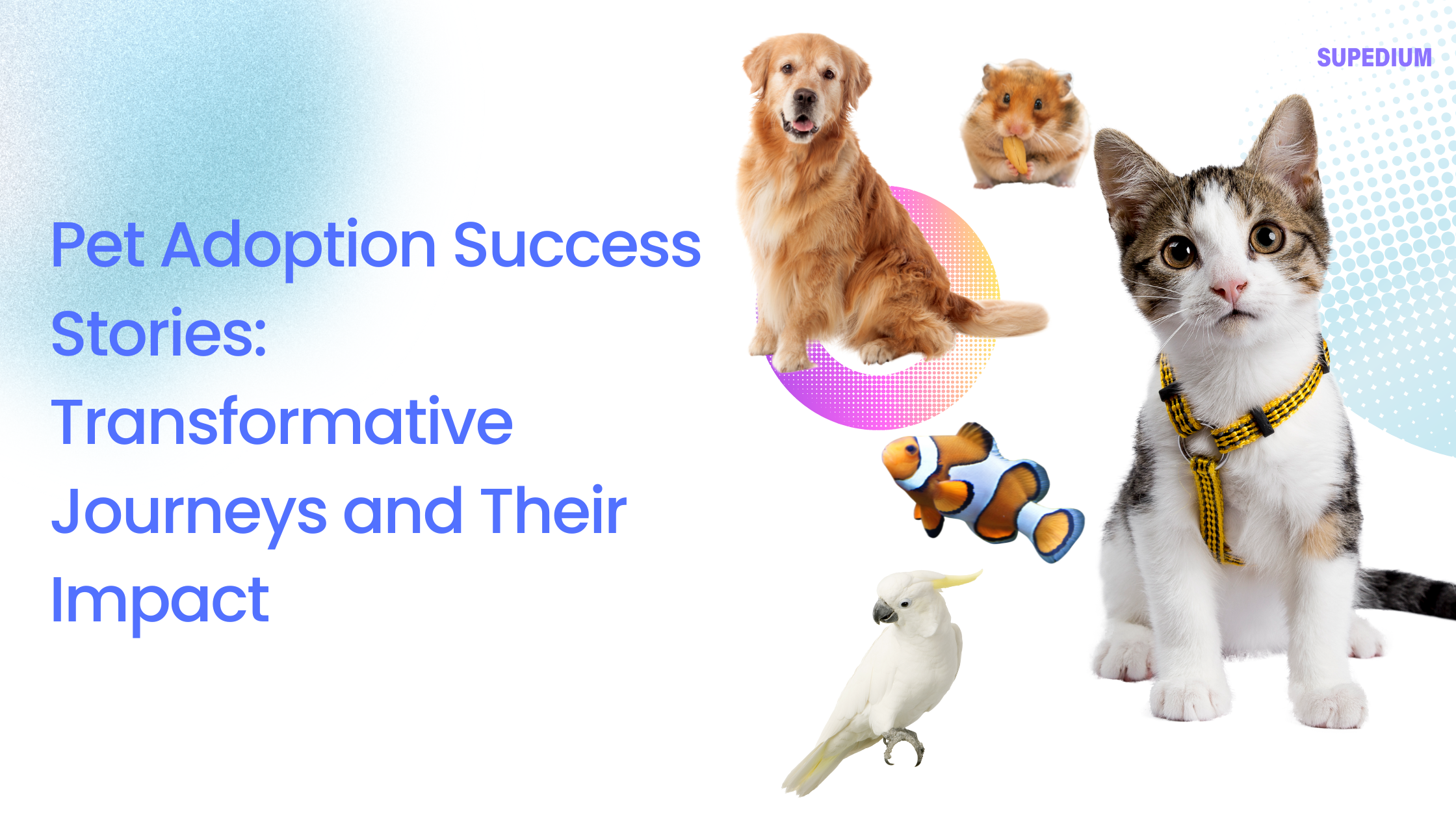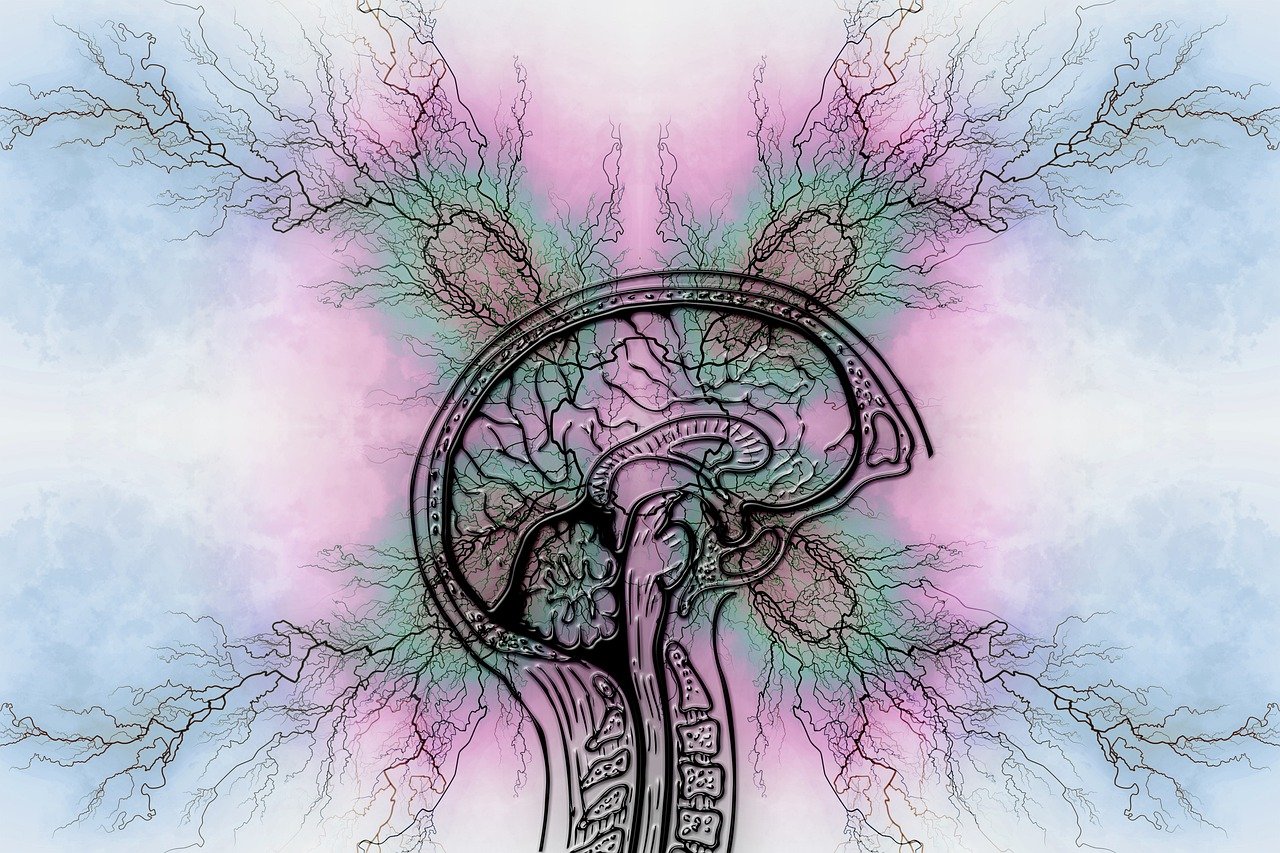Table of Contents
![]()
Introduction
Sustainable agriculture represents a crucial approach to farming that aims to balance the needs of the present with the well-being of future generations. This method focuses on maintaining environmental quality, ensuring economic viability, and promoting social equity. Ecosystem balance plays a fundamental role in this framework, as it involves the intricate interplay of natural processes that provide essential services like clean air, water, and fertile soil. Understanding how agriculture can both affect and benefit from ecosystem balance is key to developing practices that sustain both human needs and the natural world.
Principles of Sustainable Agriculture
Environmental Health
Sustainable agriculture prioritizes environmental health through several key practices:
- Soil Health and Conservation: Healthy soil is vital for productive agriculture. Techniques such as crop rotation, cover cropping, and reduced tillage help maintain soil fertility, structure, and reduce erosion. Crop rotation involves alternating different crops in the same field to enhance soil nutrients and break pest cycles. Cover crops, like legumes, add organic matter and improve soil structure. Reduced tillage minimizes soil disturbance, thereby preserving soil health and preventing erosion.
- Water Management: Efficient water use is critical in sustainable agriculture. Drip irrigation systems, which deliver water directly to plant roots, reduce water waste and minimize runoff. Other techniques, such as rainwater harvesting and the use of soil moisture sensors, contribute to more efficient water use and reduce pollution of water bodies.
- Biodiversity: Promoting biodiversity through practices like polycultures (growing multiple crops together) and agroforestry (integrating trees with crops) supports ecosystem resilience. Biodiverse systems can better withstand pests, diseases, and environmental stresses, and provide habitat for beneficial organisms that enhance agricultural productivity.
Economic Viability
For sustainable agriculture to be effective, it must also be economically viable. This includes assessing the cost-effectiveness of sustainable practices and ensuring market access and profitability for small-scale and organic farms. Techniques like integrated pest management (IPM) and conservation tillage often result in long-term cost savings despite potentially higher initial investments. Additionally, expanding market access for sustainably produced goods can help support the economic stability of farmers.
Social Equity
Sustainable agriculture must also address social equity. This involves ensuring fair labor practices and supporting local food systems. Fair labor practices include providing adequate wages and working conditions for farm workers. Supporting local food systems involves strengthening community ties and ensuring that local markets have access to sustainably produced foods.
Key Sustainable Agricultural Practices
Organic Farming
Organic farming eschews synthetic chemicals, instead relying on natural fertilizers and pest control methods. Organic methods, such as composting and biological pest control, enhance soil health and reduce the risk of chemical contamination in ecosystems. Organic farming practices also often improve biodiversity and soil structure compared to conventional methods.
Agroecology
Agroecology integrates ecological principles into farming systems. It emphasizes the use of natural processes and local knowledge to enhance agricultural sustainability. Techniques such as intercropping (growing different crops together) and permaculture (designing agricultural systems based on natural ecosystems) are common in agroecological approaches. These practices help create more resilient farming systems that support ecological balance.
Conservation Tillage
Conservation tillage involves reducing soil disturbance through practices like minimum tillage or no-till farming. These techniques help maintain soil structure, increase organic matter, and reduce erosion. By preserving the soil’s natural structure, conservation tillage enhances soil health and water retention.
Integrated Pest Management (IPM)
IPM combines biological, cultural, and mechanical control methods to manage pests in a sustainable way. This approach reduces the reliance on chemical pesticides, which can harm non-target organisms and disrupt ecosystem balance. IPM practices include using natural predators, crop rotation, and mechanical traps to control pest populations.
Agroforestry
Agroforestry integrates trees and shrubs into agricultural landscapes. This practice provides numerous benefits, such as improving soil fertility through nitrogen fixation, enhancing water retention, and providing habitat for wildlife. Agroforestry systems can also serve as windbreaks, reducing soil erosion and protecting crops from wind damage.
Ecosystem Services and Agriculture
Soil Ecosystem Services
Healthy soils are fundamental to agriculture, providing services like nutrient cycling and soil fertility. Soils support the decomposition of organic matter, which releases nutrients essential for plant growth. They also play a crucial role in controlling erosion and enhancing water infiltration, which are vital for maintaining agricultural productivity.
Water Ecosystem Services
Ecosystems like wetlands and riparian zones (areas along water bodies) help regulate water flows and purify water. These natural systems filter pollutants and manage flood risks. Sustainable agricultural practices that protect and restore these ecosystems can help ensure a reliable and clean water supply for farming.
Biodiversity and Pollination
Biodiversity supports agricultural productivity through pollination and pest control. Many crops rely on pollinators such as bees, butterflies, and birds. Diverse plantings and maintaining natural habitats near farms can enhance pollinator populations and improve crop yields. The loss of biodiversity can disrupt these services, leading to decreased agricultural productivity and ecosystem health.
Challenges and Solutions
Climate Change
Climate change poses significant challenges to sustainable agriculture, including shifting weather patterns and increased frequency of extreme events. Adaptive strategies, such as developing climate-resilient crop varieties and implementing sustainable water management practices, are essential for mitigating these impacts. Farmers can also adopt practices that sequester carbon, such as agroforestry and conservation tillage, to help reduce greenhouse gas emissions.
Land Degradation
Land degradation, caused by deforestation, overgrazing, and soil erosion, threatens agricultural productivity and ecosystem balance. Restoration techniques like reforestation and soil rehabilitation can help recover degraded lands. Practices such as contour farming and agroecological approaches can also prevent further degradation and restore soil health.
Economic and Policy Issues
Economic barriers and lack of supportive policies can hinder the adoption of sustainable practices. Addressing these issues requires creating policies that support sustainable agriculture, providing financial incentives for farmers, and ensuring access to resources and markets. Public and private investments in research and development can also drive innovation and adoption of sustainable practices.
Case Studies
Successful Sustainable Agriculture Models
Several regions have successfully implemented sustainable agriculture practices. For example, permaculture in Australia focuses on designing agricultural systems that mimic natural ecosystems, resulting in increased resilience and productivity. In Europe, organic farming has gained popularity, demonstrating its potential for improving soil health and biodiversity while maintaining economic viability.
Innovative Technologies and Practices
Emerging technologies, such as precision agriculture, are enhancing the sustainability of farming practices. Precision agriculture uses tools like drones and soil sensors to optimize resource use and minimize environmental impacts. These technologies enable farmers to apply inputs more efficiently and monitor crop health in real time, leading to more sustainable farming practices.
Future Directions
Research and Development
Ongoing research and development are crucial for advancing sustainable agriculture. Innovations in crop breeding, soil management, and pest control can enhance the sustainability of farming systems. Collaborative efforts between researchers, farmers, and policymakers are essential for translating scientific advancements into practical solutions.
Education and Awareness
Educating farmers and consumers about sustainable agriculture is vital for promoting its adoption. Outreach programs, training workshops, and public awareness campaigns can help increase understanding of sustainable practices and their benefits. Empowering individuals with knowledge and resources can drive more widespread adoption of sustainable agriculture.
Policy and Advocacy
Supportive policies are necessary for fostering sustainable agriculture. Policymakers can create frameworks that incentivize sustainable practices, provide financial support, and promote research and education. Global and local efforts, including advocacy and policy reforms, can help create an environment conducive to sustainable agriculture.
Conclusion
Sustainable agriculture is essential for maintaining ecosystem balance and ensuring the well-being of future generations. By focusing on environmental health, economic viability, and social equity, sustainable agricultural practices can enhance ecosystem services, support biodiversity, and address the challenges of climate change and land degradation. Through continued research, education, and supportive policies, we can advance sustainable agriculture and promote a balanced relationship between farming and the natural world.






Be the first to comment